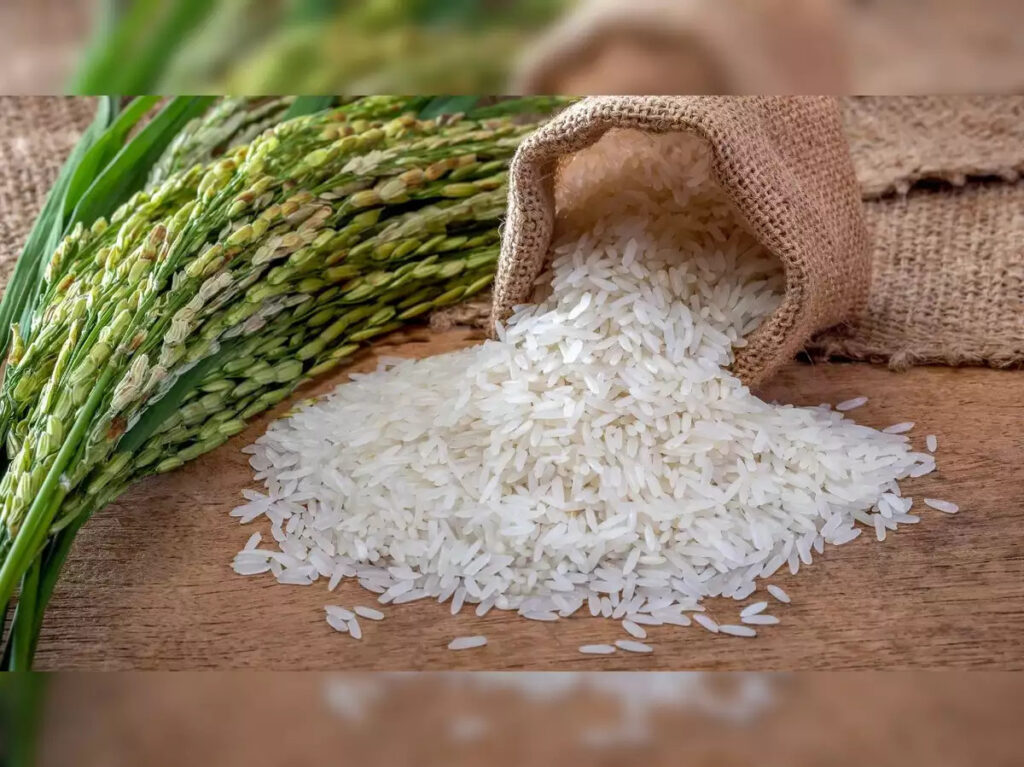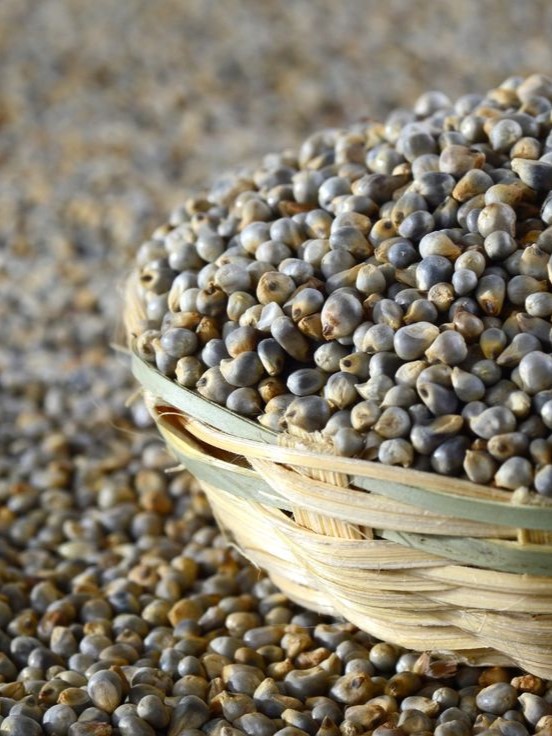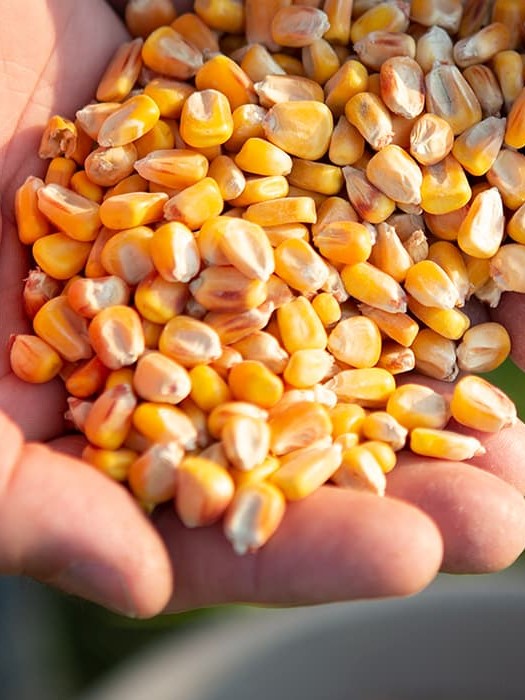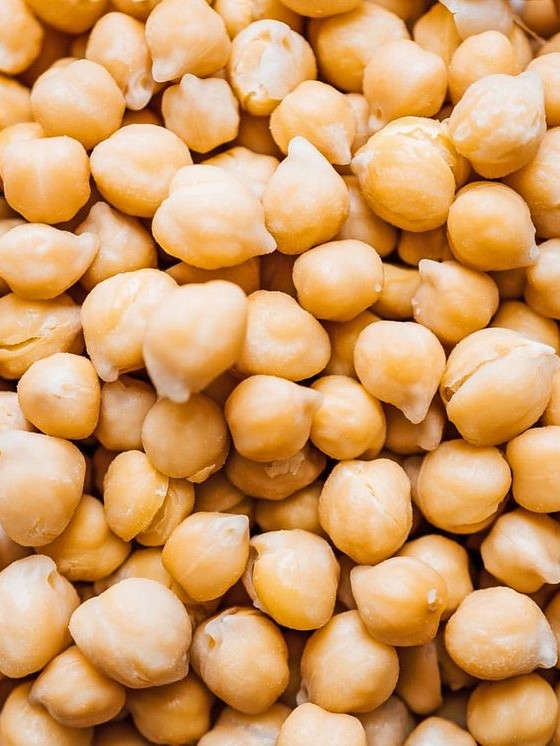Grains & Pulses

Wheat
Wheat, a vital cereal grain from the Triticum species, is a cornerstone of global agriculture and a staple in many diets. India is one of the leading producers and consumers of wheat, significantly impacting the global market. Wheat grains are processed into flour, which forms the basis for a wide range of foods. Rich in essential nutrients such as fiber, B vitamins, iron, and magnesium, wheat is a key source of energy and nutrition. Integral to many culinary traditions, wheat enhances foods like bread, pasta, and pastries, and is a primary ingredient in many cuisines worldwide. Beyond its culinary uses, wheat holds cultural significance and is celebrated in various harvest festivals.

Rice
Rice, a staple food for over half of the world’s population, is a versatile cereal grain with deep cultural and culinary significance. India is a major producer and consumer of rice, playing a significant role in global rice markets. Rice comes in various varieties, each with its own texture, flavor, and culinary uses. Rich in carbohydrates and low in fat, rice is a primary source of energy and a key component of many diets. Integral to countless cuisines worldwide, rice enhances dishes like biryanis, stir-fries, and sushi, and is a dietary staple in regions ranging from Asia to the Americas. Beyond its culinary uses, rice holds cultural importance and is often associated with prosperity and abundance in various traditions.

Green Millet
Green millet, also known as pearl millet or bajra, is a nutritious cereal grain widely cultivated in India and other parts of the world. India is a significant producer and consumer of green millet, contributing to its prominence in global agriculture. Green millet grains are small, round, and have a pale yellowish-green hue. Rich in nutrients such as protein, fiber, magnesium, and iron, green millet is a valuable source of energy and essential minerals. Integral to many regional cuisines, it is used to prepare a variety of dishes, including rotis, porridge, and savory snacks. Beyond its culinary uses, green millet holds cultural significance in Indian traditions and rituals.

Maize
Maize, commonly known as corn, is one of the most widely grown cereal grains globally and holds immense importance in agriculture and food production. India is a significant producer and consumer of maize, contributing to its presence in both domestic and international markets. Maize kernels come in various colors, including yellow, white, and blue, and are used in diverse culinary and industrial applications. Rich in carbohydrates, dietary fiber, and essential nutrients like vitamin C, maize serves as a staple food and a valuable ingredient in numerous dishes. Integral to many cuisines worldwide, maize is used to make staples like cornbread, tortillas, and polenta, and is also processed into various food products such as corn flakes, cornmeal, and corn syrup. Beyond its culinary uses, maize plays a crucial role in animal feed, biofuel production, and industrial manufacturing.

Chickpeas
Chickpeas, also known as garbanzo beans, are nutrient-rich legumes widely cultivated and consumed around the world. India is a leading producer and consumer of chickpeas, contributing significantly to global production. Chickpeas come in various sizes and colors, including beige, green, black, and red, and are prized for their nutty flavor and versatility in cooking. Rich in protein, fiber, vitamins, and minerals, chickpeas are a valuable source of plant-based nutrition. Integral to many cuisines, chickpeas are used in diverse culinary creations such as curries, salads, soups, and snacks. They are also processed into products like hummus, falafel, and chickpea flour, offering a wide range of culinary possibilities. Beyond their culinary uses, chickpeas are celebrated for their health benefits, including aiding in weight management, promoting heart health, and supporting digestion.
